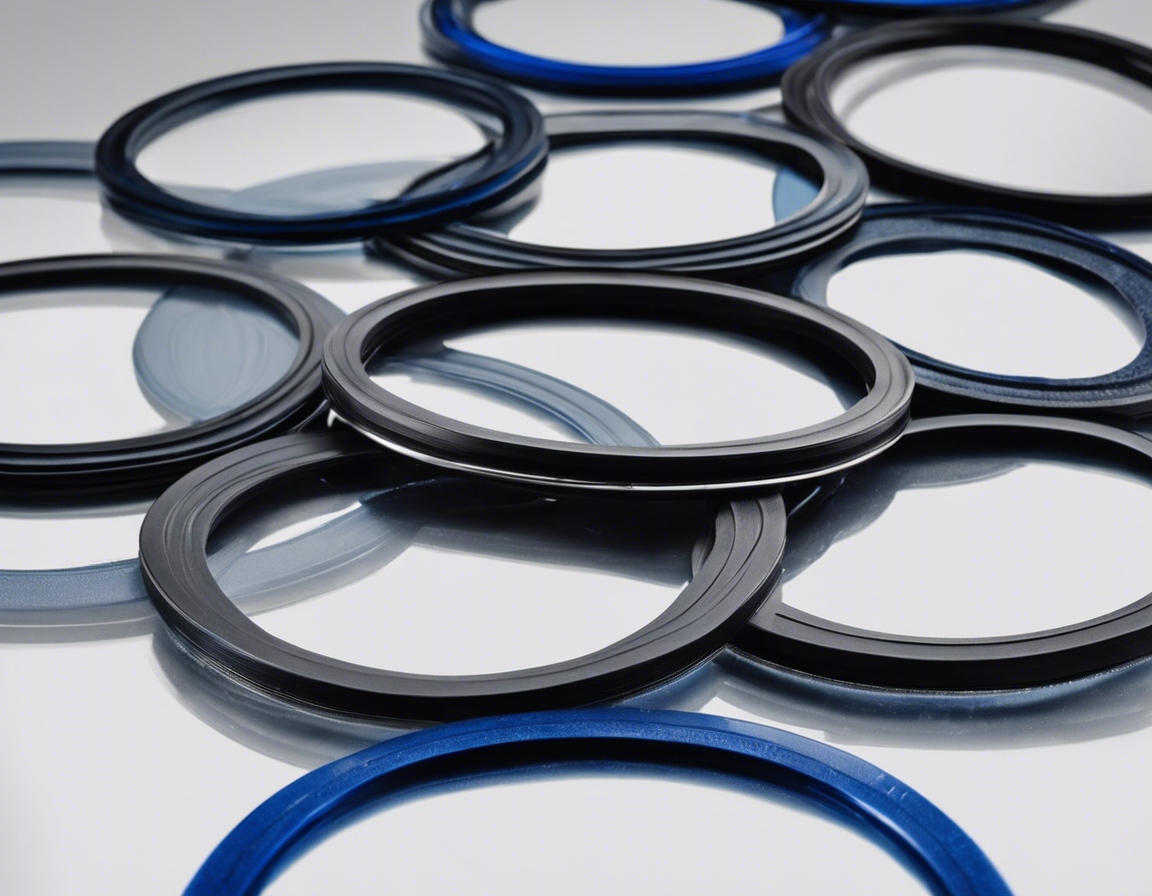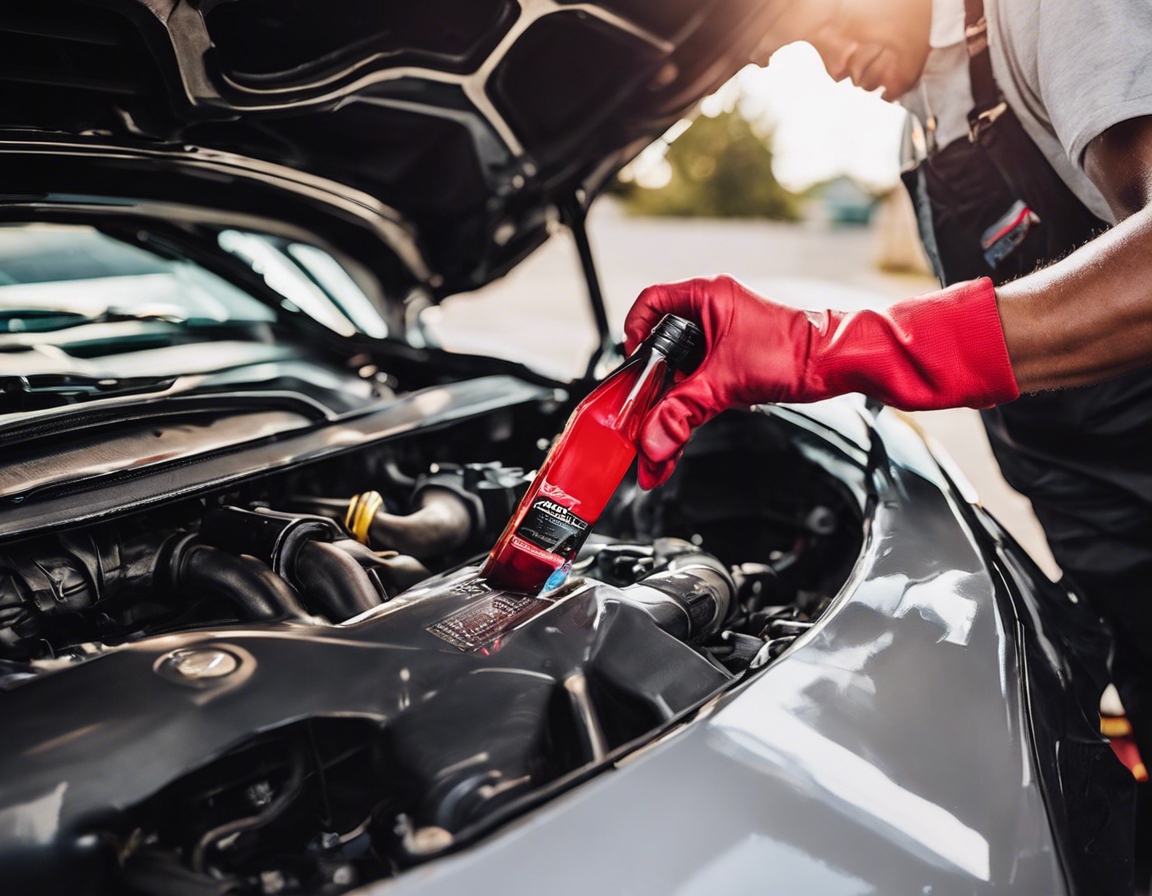Maximizing efficiency with the right mechanical clutches
Mechanical clutches are critical components in the transfer of power in machinery. They engage and disengage power transmission without stopping the entire system, allowing for controlled operation and efficiency. Clutches are used in a variety of applications, from automotive to industrial machinery, playing a pivotal role in the performance and safety of these systems.
Clutches facilitate the smooth transfer of power from the engine to the drivetrain. They are essential for machines that require variable speeds or the ability to stop and start without affecting the engine or power source. This flexibility is crucial in many industrial, agricultural, and manufacturing applications.
Types of Mechanical Clutches
Friction clutches are the most common type, using high-friction surfaces to engage and disengage the power transmission. They are versatile and can be found in a range of applications, from vehicles to heavy machinery.
Centrifugal clutches automatically engage and disengage at certain speeds, making them ideal for devices like chainsaws and go-karts, where the engine runs at a high RPM.
These clutches lock together driving and driven components, ensuring no slippage. They are used in applications requiring precise control, such as printing presses or conveyor systems.
Overrunning clutches allow the driven shaft to rotate faster than the driving shaft, useful in applications like helicopter rotors or starter motors in cars.
These clutches use an electromagnetic field to engage the clutch, offering quick and precise control. They are commonly used in automated machinery and robotics.
Factors to Consider When Selecting a Mechanical Clutch
Understanding the load requirements of your application is crucial. The clutch must be able to handle the torque and power necessary for the machinery to function effectively.
Clutches operate in various environments, and factors like temperature, moisture, and dust can affect performance. Selecting a clutch that can withstand these conditions is vital for reliability.
Considering the service life and maintenance requirements of a clutch can prevent downtime and extend the life of the machinery. Regular maintenance ensures that clutches perform at their best.
Ensuring that the chosen clutch is compatible with the existing machinery is essential for a seamless integration and operation.
Installation and Maintenance Tips for Mechanical Clutches
Correct installation is key to the performance and longevity of a clutch. Following manufacturer guidelines and using the right tools can prevent issues down the line.
Regular maintenance, such as inspections and lubrication, can greatly extend the life of a clutch and ensure it continues to operate efficiently.
Advancements in Clutch Technology
Technological advancements have led to the development of more efficient, durable, and smarter clutches. These innovations can lead to cost savings and improved performance for users.
The integration of smart technology into clutches allows for better control and automation, increasing efficiency and reducing the need for manual intervention.






Comments (0)